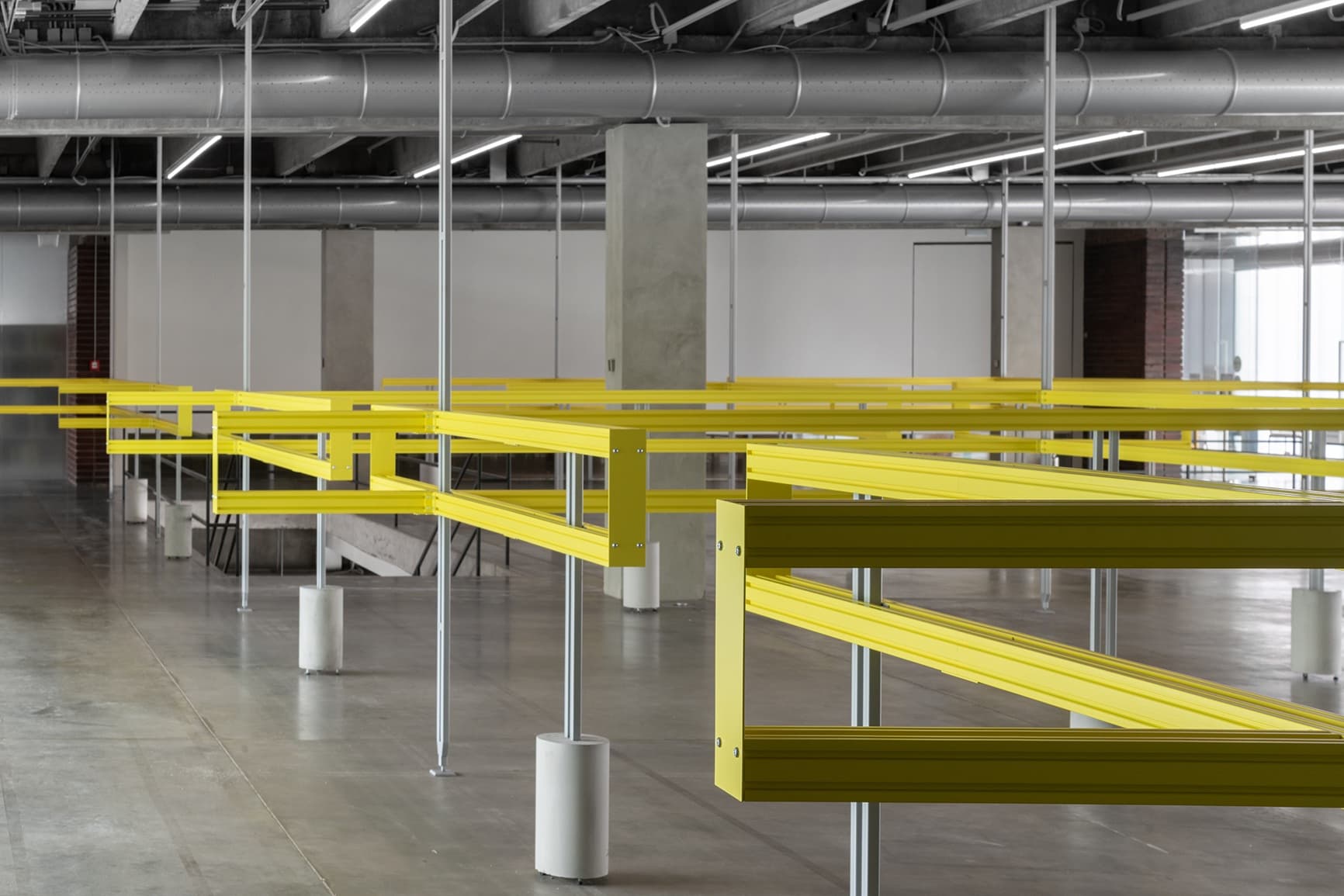Lethe
Alexei Isaev
- Category
- MediumVideo installation
- Edition1/3
- Сollection
- Inventory numberV15494
- Acquired from
- Year of acquisition2024
Keywords
About the work
Alexey Isaev is an important figure in new media art and was among the first artists in Russia to use 3D computer graphics. Alongside his art practice, he was one of the organizers (with Olga Shishko) of Russia’s first media art and net art festivals and the co‑founder of the research platform Media Art Lab. He was also an art theorist and curator.
In the early 1990s, Isaev collaborated with director Vadim Koshkin at the Studio of Self‑Centered Specificity, which offered artists access to video and 3D graphics editing equipment. His works are trans‑media and project‑oriented: he employed ceramics, graphics, painting, text, and the artist’s book, expanding these media into videos, performance, installations, and net‑art works. To him, any medium was a story enabling the activation of complex spaces, from creation myths to technological revolutions.
Leta is based on the “psychological and energetic” state of a stream of water and has captured its “graphic oscillogram.” The simple technique of multiplying the video on several screens with a slight delay creates a very particular spatial and affective experience. As Isaev explained, “the effect of microfilming allows us to see an unexpected image of an everyday phenomenon, an image of different aesthetic value. The effect is underscored by the resonance of the sound ‘score’… As a result, water is captured in a different‑perhaps metaphysical or infernal‑essence.” Isaev used this experiment, which included employing 3D graphics, in his later works, such as Animation(izm), or the Doctors’ Plot, (1993–1997), Neuromancero (1995), and Attraction Montage, or Revolution in a Circle (1996).

